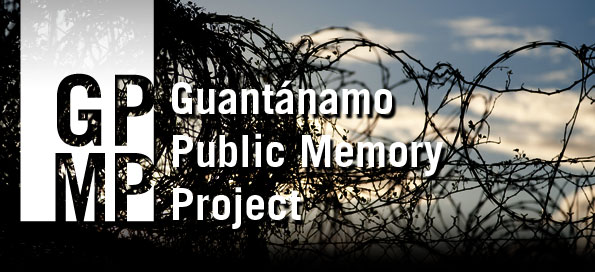Why remember Guantánamo? Join a national dialogue on GTMO's long history and how it matters today. Hear from people who worked, lived, served, or were held at GTMO from the Cold War through the War on Terror; from the historians, activists, artists, and archivists saving their stories; and from over 100 students around the country who created the Guantánamo Public Memory Project's first traveling exhibit. Why do we keep forgetting Guantánamo? What happens when we do?
Click here for program and speakers' bios.
Opening at the Kimmel Windows on Washington Square, the exhibit features images and stories from different periods and perspectives, made public for the first time, to grapple with the deeply contested questions around this place and its impact on people and policies around the world.The event concludes the first international conference of Columbia University's Alliance for Historical Dialogue and Accountability, December 11-14.
"Guantánamo" has become an international symbol of torture, detention, national security, and conflict. But the US Naval Station in Cuba, or GTMO, opened more than a century before 9-11. It has represented both freedom and confinement: the price of Cuba's independence from Spain, a "cactus curtain" containing communism, a treasured community for military families, a beacon of liberty behind barbed wire for refugees. New facilities at GTMO are under construction as legal battles continue over the 166 "enemy combatants" still held there. How did we get here? What should happen next?
|
Exhibit Opening Reception:
December 13, 6-8pm
NYU King Juan Carlos Center
53 Washington Square South
Exhibit Venue:
Kimmel Windows
LaGuardia Place & West 3rd
On view 24/7 through February 10
National Dialogue:
December 13, 9:30-4
Held Lecture Hall (Room 304)
Barnard Hall, Barnard College (Map)
December 14, 9:30-5:30
NYU King Juan Carlos Center
53 Washington Square South (Map) |

